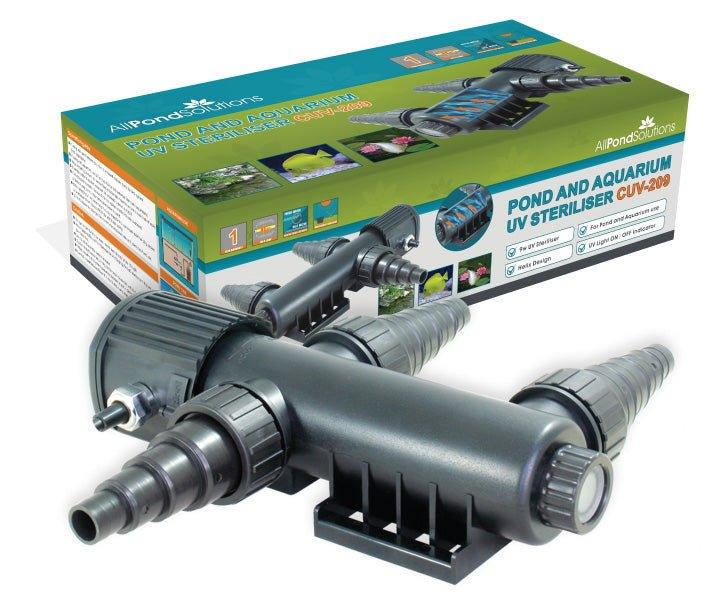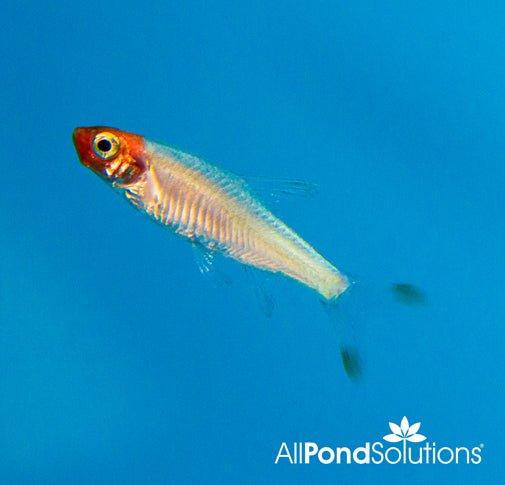Please note – Size, colour and sex may vary. Many of our livestock species are sold as juveniles and have not yet reached their full size and colour potential.
The Sawbwa Rasbora (Sawbwa Resplendens) is also known as the Burmese rammy nose and Asian rummynose.
Scientific Name: 
Sawbwa Resplendens
Approximate purchase size: 
1.5cm
How easy are they to care for?
This fish has fairly specific water requirements and is very sensitive to pollutants and therefore are generally not a good choice for a beginning aquarist. Otherwise, they are hardy and easy enough to care for. Newly imported specimens are often in poor condition and can be difficult to become acclimated in the aquarium. It can be difficult to get these fish to eat processed foods and they will often refuse anything but live foods.
How large can they grow?
3.5cm
Where in the world are they from?
Endemic to the isolated mountain lake of Inlé and associated watershed in Shan State, eastern Myanmar.
What is the ideal number to keep together?
These fish need a school of at least 8 to 10 individuals. To reduce male aggression, keep them at a ratio of 4 females to 1 male.
What water conditions do they require?
Will accept temperatures from 18 to 22°C and a pH range between 6.0 -8.0.
What should you feed them?
Offering small live foods at first is suggested, then introduce dry and frozen items as the fish becomes more settled. Offer meals of small live and frozen fare such as Daphnia and brine shrimp as supplements to regular aquarium foods to develop their best colouring. 
How compatible are they with other fish?
Peaceful towards other species but not an ideal choice for the general community aquarium due to its small size and aggressive interactions between rival males. It does best when maintained alone or with similarly-sized, active species that enjoy comparable water conditions.
Can they be bred in captivity?
Moderately difficult to breed, it is believed that spawning may be stimulated when the water is pH neutral, has a dH of 20 and the temperature dips to between 15 – 18°C replicating winter conditions at Inle Lake. A spawning tank should be planted or contain either baby grass or spawning mops. Substrate should be checked daily for eggs and parents should be removed when eggs are found as they will eat their fry.






